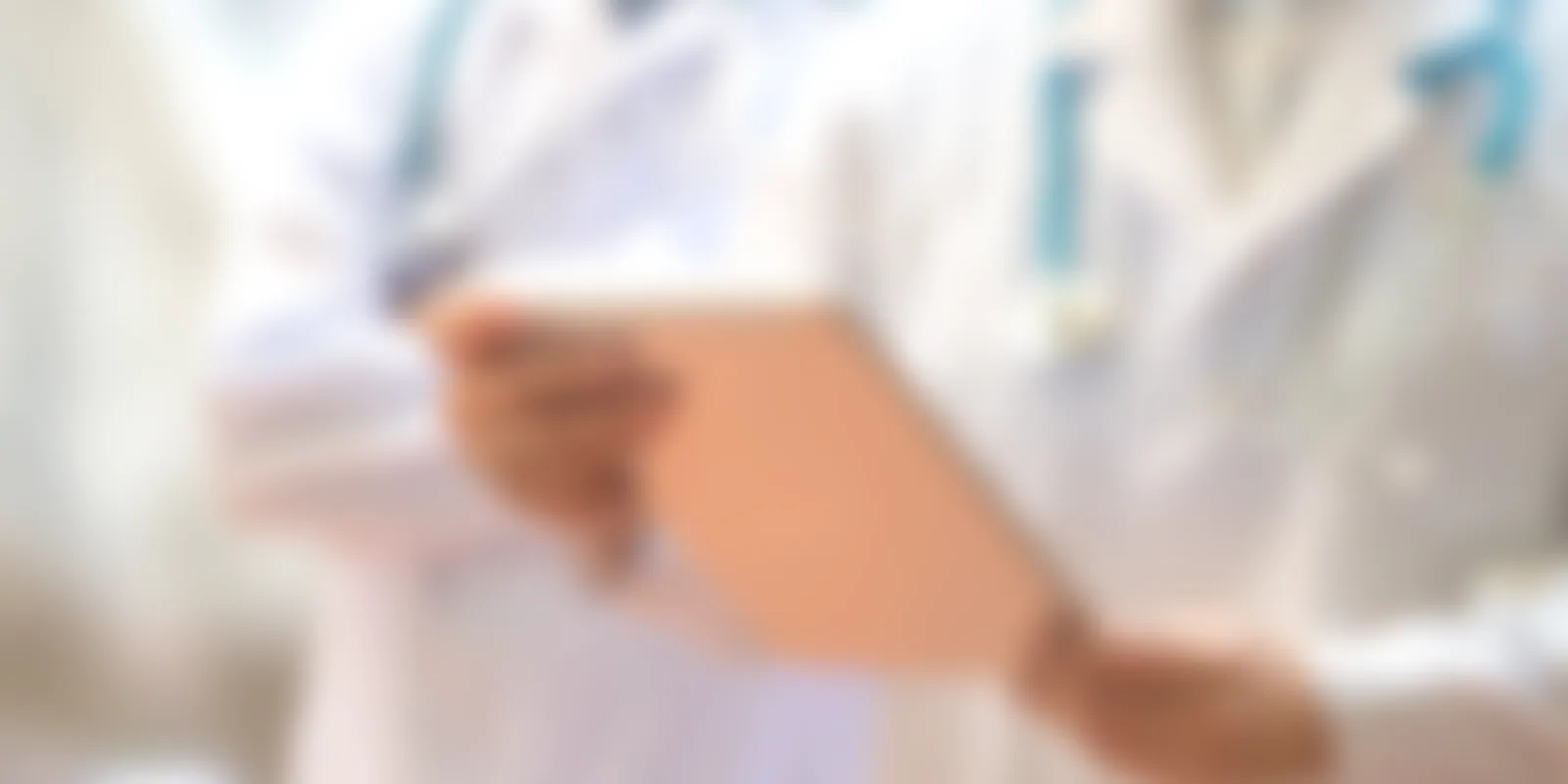This is a sentinel year for children with CLN2, Batten’s disease. Starting with drug approval in April 2017, the course of this unrelenting, inexorable disease is destined to change in the following few years. Taking care of families with Batten’s disease is a humbling and daunting task for a physician, but our families have taught me much patience and strength.
Neuronal ceroid lipofuscinosis Type 2, or CLN2 disease is a form of Batten’s disease. It is an autosomal recessive, lysosomal storage disease and is the most common cause of neural degeneration in children and adolescents. The common symptoms include language delay and partial or generalized seizures transforming to an intractable epilepsy with myoclonic/atonic seizures, motor and language decline, blindness and premature death. The onset of blindness is later in comparison to the motor and language decline. This is caused by pathogenic variants of the gene encoding for the lysosomal enzyme tripeptidyl peptidase that causes accumulation of storage material called lipofuscin in neurons and other tissues. Rapid neuronal degeneration leads to early death.
At the onset of symptoms, there is a steep decline and families may mistakenly think that the progression from the seizure medications. The disease progresses to an intractable myoclonic epilepsy that is extremely difficult to control with only symptom management as the treatment approach.
When I started this journey as a specialized center for Batten’s disease, every child and parent has inspired me to find a cure. Prior to enzyme treatment, the patients in my practice all followed a consistent pattern from diagnosis to end of life. In the past, our treatment was supportive care directed at amelioration of seizures and maintenance of quality of life. The progression of my non-enzyme treated patients is very consistent with the DEM-CHILD natural history data.
After we enrolled our first cohort of patients for the Cerliponase alpha, there were three children diagnosed with CLN2 disease. One child has passed away from disease, and the two other ones have progressed to the point that they could not qualify for the open access program because of their vegetative state.
Our study identified a response as the absence of an unreversed 2-point decline and our study showed that the response rate is 87 percent. Our study also showed durability of treatment effect. Natural history (or untreated population) patients were 13 times more likely to have experienced an unreversed 2-point decline in ML score
Overall, this intraventricular enzyme replacement therapy has given the families of children with CLN2 optimism and hope that a devastating disease can be overcome. The children receiving intraventricular enzyme therapy have been able to attend school, attend parties, meet new friends and most of all, enjoy their families.
These are very exciting times. The awareness for children with rare disease has been in the forefront in this decade. I foresee that genomic advances for children with epilepsy and developmental delays may find specific, targeted therapies. Clinicians and researchers all over the world are in a race for time and continued international collaboration will allow us to help find a cure. For the physicians and health care workers who work with the families who suffer from this disease, the breakthrough therapies have allowed the families to breathe a sigh of relief as Cerliponase has slowed down the progression of this horrible disease.
Dr. Emily De Los Reyes is an associate professor of Pediatrics at Ohio State University College of Medicine. At the recent Academy of Neurology Annual Meeting, she was a panelist on the clinical trials plenary session where she presented her research on Batten’s Disease.






